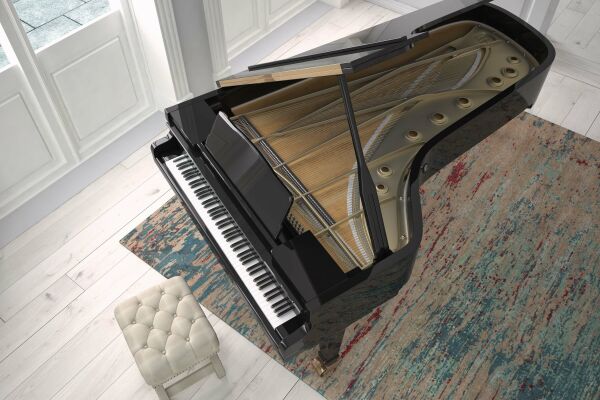Most conference room tables are large and heavy, and depending on their design, they may be quite bulky as well, making them tricky to transport. Tabletops may also be fragile, especially granite or glass tops. For these reasons, conference room tables are rarely moved. However, if you’re relocating your office, you don’t want to leave your expensive conference room table behind. Learn how to ship a large table while protecting your office furniture investment.
Prepare Your Conference Table for Shipping
If you are shipping your table using an economy service or moving it yourself, then you need to know how to pack and protect your table for the move. Follow these simple steps to ensure the safe delivery of your table:
-
Disassemble your table. When you bought your conference table, was assembly required? If so, then you should disassemble the table as much as possible. Remove the legs, tabletop and pedestal, if you can. You may find it helpful to refer to the manual that came with the table; if you no longer have the assembly instructions, contact the manufacturer or look online.
-
Safely store all hardware for re-assembly. After disassembling your conference table, place the screws and other hardware in a sealable plastic bag, label the bag and tape it to the bottom of the table. You want easy access to the hardware so you can re-assemble your table quickly and easily when it arrives at your new office location.
-
Gather the following packing materials:
- Packing paper
- Bubble wrap or flexible foam
- Foam boards
- Moving blankets or pads
- Box, cardboard to make a box, or plywood to build a crate
- Packing peanuts
- Utility knife or scissors
- Measuring tape or yardstick
- Packaging tape
- Thick marker
-
Pack the legs, top and pedestal. Carefully wrap and pack each disassembled part separately. Wrap each item snugly in packing paper, bubble wrap or flexible foam; then tape the wrapping material tightly using packaging tape. Be careful not to get the tape on the part you’re wrapping, as the tape adhesive may damage the part’s finish. Flat, fragile items like tabletops should be placed between foam boards before being put in a box or crate.
PRO TIP: Your box or crate should be just a little larger than the item you’re packing because too much extra room allows the item to move, which may result in breakage during transit. Fill any remaining space in the box with packing peanuts or bubble wrap. Tape the sides, bottom and top of your box securely with strong packaging tape. Label your crate or box with your company’s name, destination and “Fragile.”
For more details about packing a glass tabletop, click here. -
Pack the conference table. This may require two or more people, depending on the weight of your table.
- Wrap the table with one or more moving blankets or pads to protect its surface from scratches, dings and dents.
- Be especially careful to cover the table’s edges with the blankets or pads — the edges are particularly vulnerable to damage when the table is turned on its side and carried through doorways or around corners.
- Tape the blankets securely in place, being careful not to let the tape’s adhesive touch the surface of the table.
Pack the Chairs
Office chairs are easier to pack and move than the conference room table — they are smaller, lighter and generally less fragile. The challenge lies in the fact that the chair, unlike the table, is irregularly shaped. First, figure out if the chair can be disassembled:
-
Was the base shipped separately?
-
Can the legs be removed?
-
Do the wheels come off easily?
Remove any parts that can be safely removed and pack them separately, being sure to stow the hardware safely and conveniently for re-assembly upon arrival at your new office. Follow the same steps you used for packing the disassembled parts of the table.
The main part of the chair (or the entire chair, if disassembly is not possible) should be wrapped in moving blankets or pads for protection, then boxed or crated. Place packing peanuts or flexible foam in any spaces between the chair and the box to prevent damage while in transit. Label the box or crate with “Fragile,” your company’s name, and your destination.
If you need help prepping your table for shipment, we’re available to answer your questions about packing materials and procedures.




